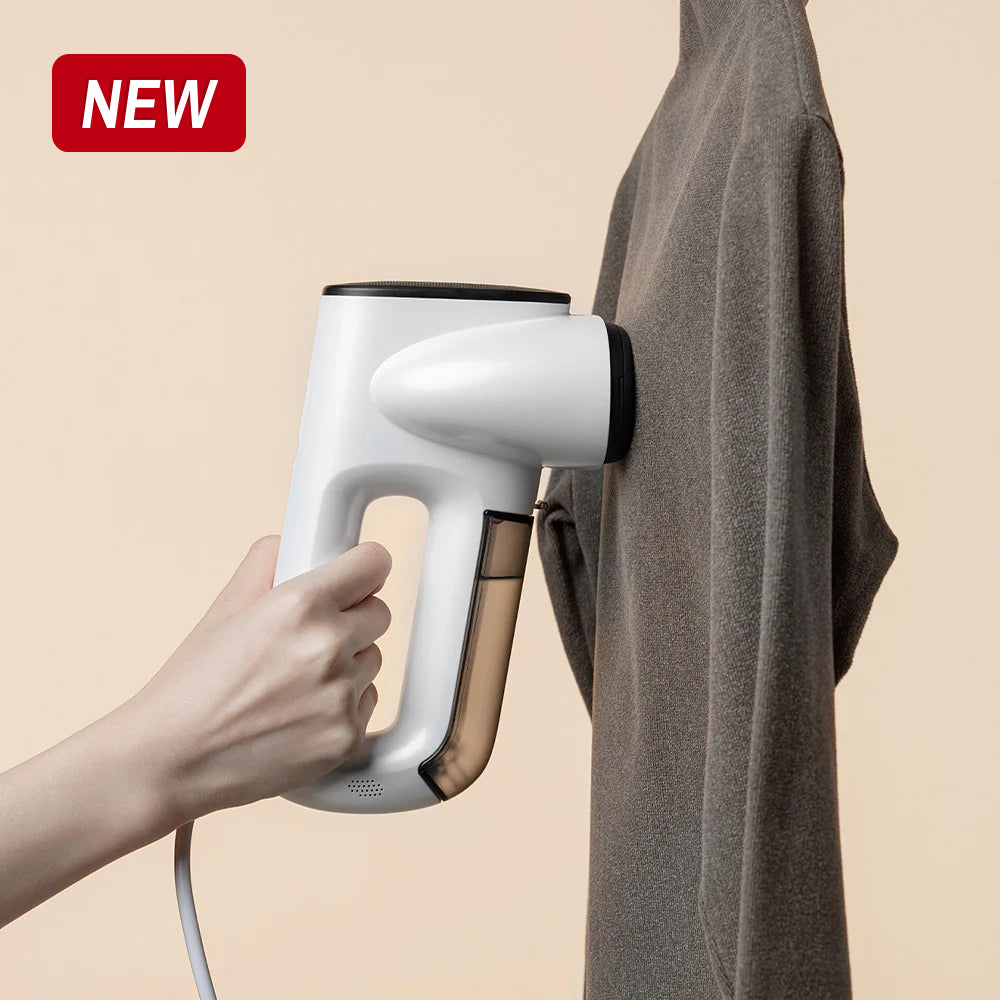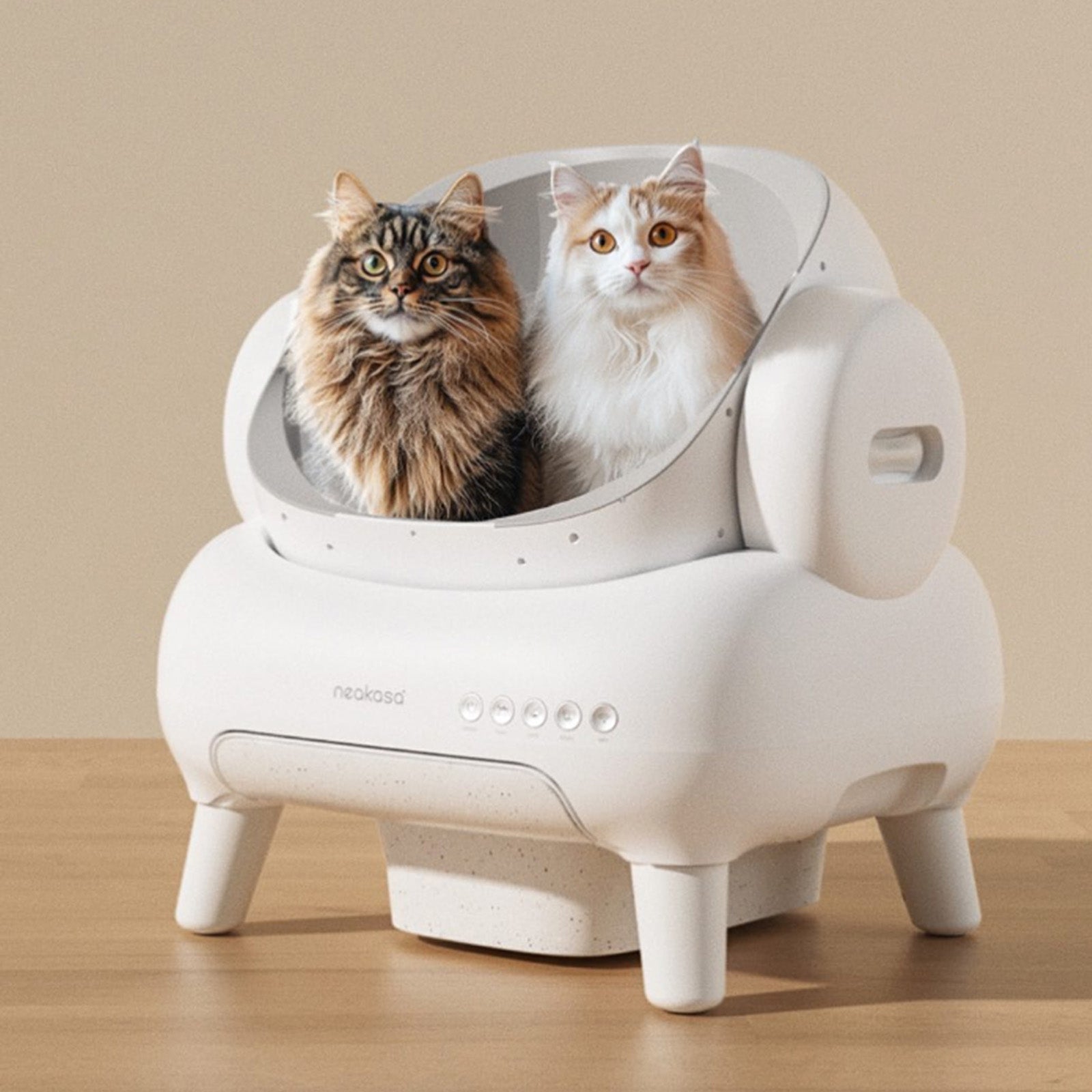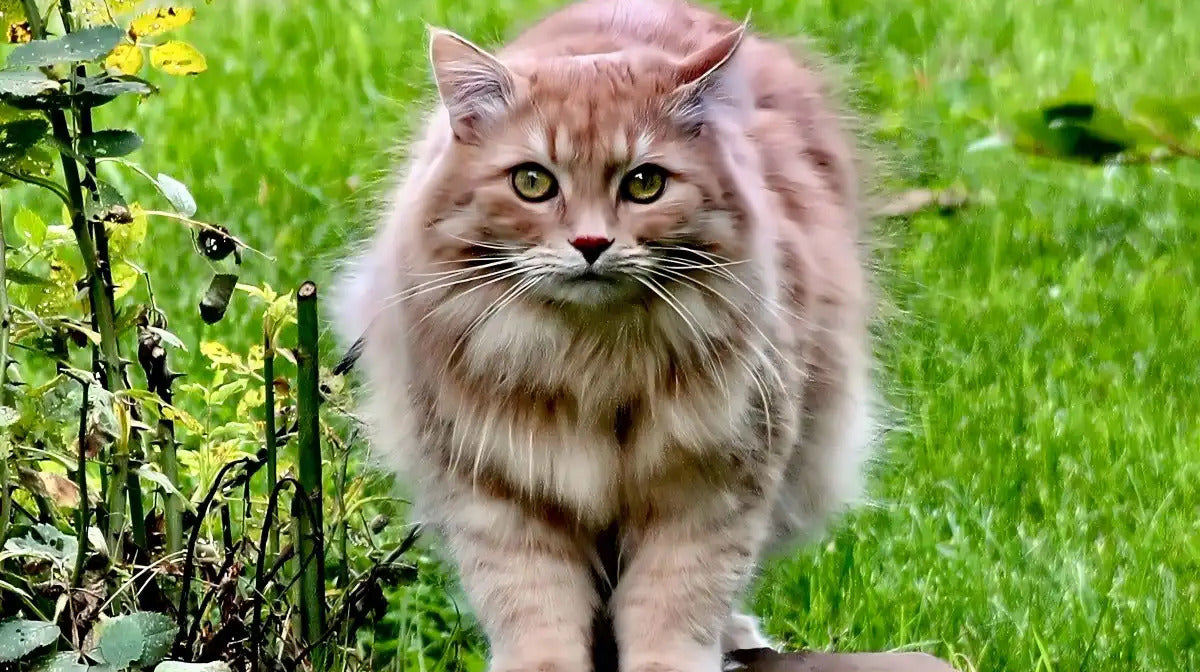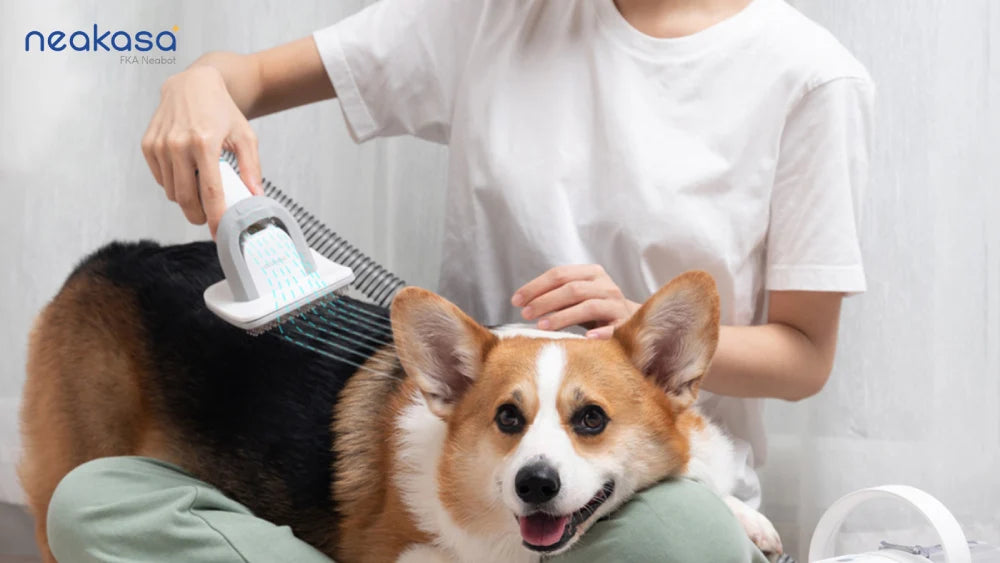Have you ever watched your cat chase a blue feather toy or ignore a red one and wondered why? You’ve probably asked yourself at some point: Do cats see colors—or is their world just shades of gray?
In this guide, we’ll dive into what science says about cat vision, reveal what colors cats can actually see, and share how this knowledge can help you choose better toys, decor, and enrichment.

How Cat Eyes Work and Process Color
To understand what colors cats can see, we first need to explore the fundamentals of their vision. A cat’s eye is made up of several key parts: the cornea, iris, pupil, lens, and retina.
The retina contains two main types of photoreceptor cells:
- Rods: highly sensitive to low light and motion detection.
- Cones: responsible for color vision and daytime clarity.
Cats have fewer cones than humans, which limits their color perception.

Photo by PangoVet
Comparison to Human Vision
Humans have three types of cones (trichromatic vision) that detect red, green, and blue light. Cats, by contrast, have only two types (dichromatic vision). As a result:
- They can see blue and green, but red and pink appear dull or grayish.
- Their vision is less sharp and colorful than ours.
- But they see far better in dim light, thanks to more rod cells.
What Colors Cats Can See and What They Can’t
While we now know that cats see the world differently from us, you might be wondering: what colors make it into their limited spectrum, and what’s missing?
What Cats Can See:
Research suggests cats perceive a limited color palette, primarily:
- Blue: Cats see blue clearly and can distinguish various shades.
- Green: Visible, though less vibrant than to the human eye.
- Yellow: Possibly visible, but not as distinctly as blue.
What Cats Can’t See Clearly:
Cats struggle to differentiate some colors that are vivid to humans:
- Red: Likely appears as dark gray or greenish.
- Orange: Often indistinguishable from other dull tones.
- Purple: Probably appears similar to blue.
While cats do see color, their world is softer and more muted than ours. But their strength lies elsewhere: they are especially sensitive to subtle shades of gray, giving them a major advantage in low-light environments — perfect for hunting at dawn or dusk..
Common Myths About Cat Vision and Color Perception
Now that we’ve explored how cats perceive color, let’s clear up some popular myths that still shape how people think about feline vision.
Myth 1: Cats can see in complete darkness.
Reality: Cats have excellent night vision, but they still need some light. They can see in light levels about six times dimmer than humans — not total darkness.
Myth 2: Cats are completely colorblind.
Reality: As discussed earlier, cats do see some colors, including blue and green, but their perception is limited and less vivid than ours.
Myth 3: Cats can't see things close to their face.
Reality: While cats have a blind spot near their nose, they can still see nearby objects and use their whiskers to sense things up close.
Myth 4: All cats have yellow eyes.
Reality: Cat eye color varies widely — from blue to green to amber. Some even have two different-colored eyes (a condition called heterochromia).
Myth 5: Cats don't blink.
Reality: Cats do blink, though less often than humans. They also have a third eyelid (nictitating membrane) that offers additional protection.
How to Apply Cat Color Vision Insights in Daily Life
Seeing the world through your cat’s eyes gives you new insight into what makes them feel safe, curious, and entertained. Here's how to turn that into everyday enrichment.
Toy Selection
Cats respond best to motion, but using toys in colors they can actually see—like blue, green, or yellow—can enhance their interest.
- Feather toys in blue or green
- Catnip mice with soft pastel tones
- Limit the overuse of laser pointers to avoid frustration
Home Decor
Adding visible tones like blue and green to cat shelves or beds can make key areas more recognizable. Using contrasting backgrounds also helps, especially for important items.
A great example is the Neakasa M1 Cat Litter Box—its soft gray color creates a gentle contrast in most home environments, making it easier for cats to identify and approach.

Outdoor Spaces
In outdoor enclosures or window spots, movement matters more than color—but adding greenery helps too. You can enhance with:
- Plants with blue or green tones
- Perches facing bird feeders or breezy trees
Lighting and Screens
LED lights in blue or green can define play or rest zones, while nature videos with water or forest scenes provide subtle, enriching visuals.
Feeding Areas
Use food bowls that contrast with the floor and are in colors your cat can see, like blue or green. It helps them spot meals more easily, especially in dim light.
FAQs About Cat Vision
Q1: Can Cats See In The Dark?
Not in total darkness, but cats see very well in low light — about 6 times better than humans.
Q2: What Colors Do Cats See Best?
Blue and green are most visible to cats. Reds and oranges appear dull or grayish.
Q3: Are cats colorblind?
Not fully. Cats have dichromatic vision, meaning they see some colors but not as vividly as humans.
Q4: Can cats see red?
No. Cats can’t detect red tones; they likely see them as gray or greenish.
Conclusion
While cats don’t see the rainbow as vividly as we do, their unique color vision still shapes how they interact with the world. By understanding what colors cats can see—primarily shades of blue and green—we can tailor their environment for better comfort, stimulation, and joy.
Whether it’s picking the right toy or choosing a litter box that stands out, seeing the world through your cat’s eyes can make all the difference.








Leave a comment
This site is protected by hCaptcha and the hCaptcha Privacy Policy and Terms of Service apply.